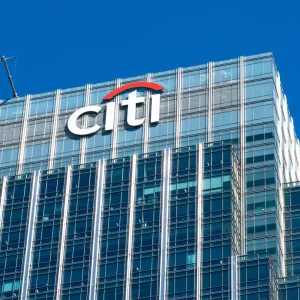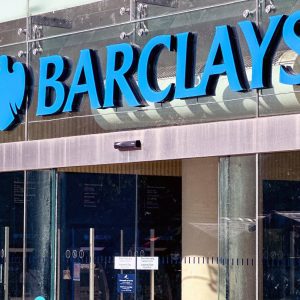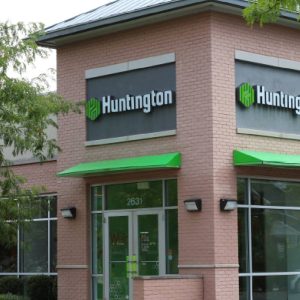The government increased the stamp duty threshold to GBP125,000 in March 2006, from the previous GBP120,000 that was set the year before. However, research from Portman Building Society has revealed that stamp duty taxes for the second quarter saw a 30% increase in revenue to the government compared to the first quarter of 2006, with the amount paid per property increasing 6%.
While total house sales between Q1 and Q2 2006 have increased from 218,770 to 268,430, the average quarterly figure for stamp duty paid per property has still increased from GBP3,477 to GBP3,735. This is even higher than it was in the first quarter 2005 before the major change in threshold (from GBP60,000 to GBP120,000) when the average was GBP3,184.
Stamp duty continues to be a deeply unfair tax to all who pay it. The burden of this tax will continue to increase unless the government undertakes a radical alteration to its policy in this area and abandons its current strategy of making the occasional cosmetic tweak to the threshold to keep criticism at bay, commented Matthew Wyles, group development director at Portman Building Society.
While the threshold increases have been assured by the government to help first time buyers they seem to have had little effect. The average first time buyer property now costs GBP147,868 and while people may be able to buy their first homes for below the threshold in certain areas of the country, the change offers little or no relief to those who want to get on the property ladder in London or the South, continued Mr Wyles.






